#-artist is karl bryullov
Explore tagged Tumblr posts
Text
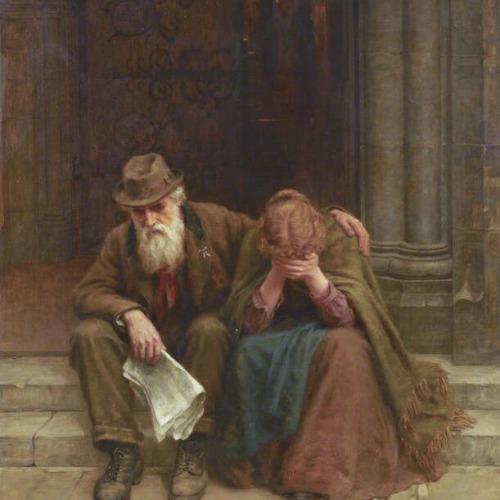
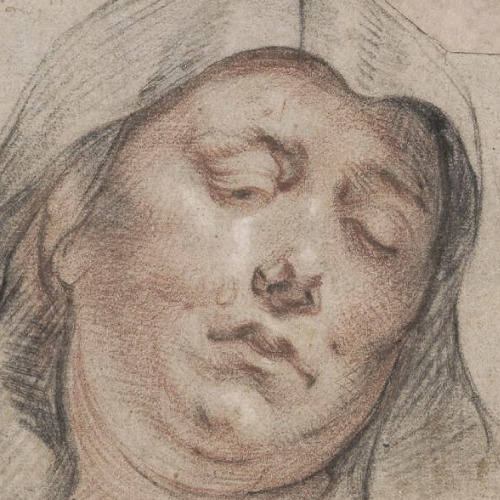

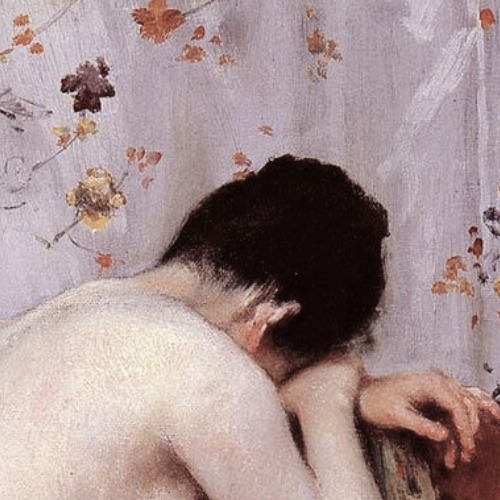


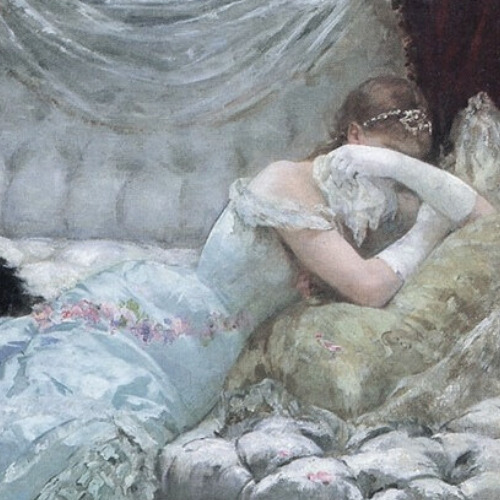

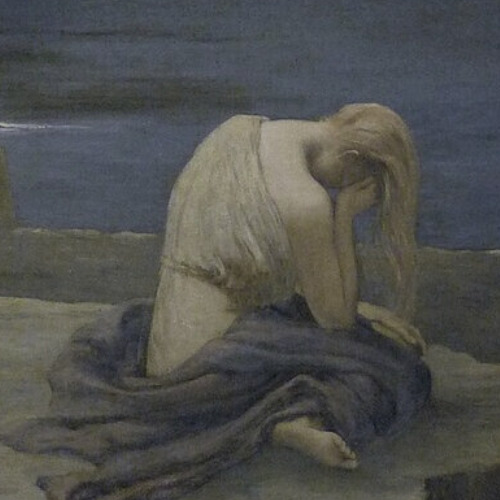

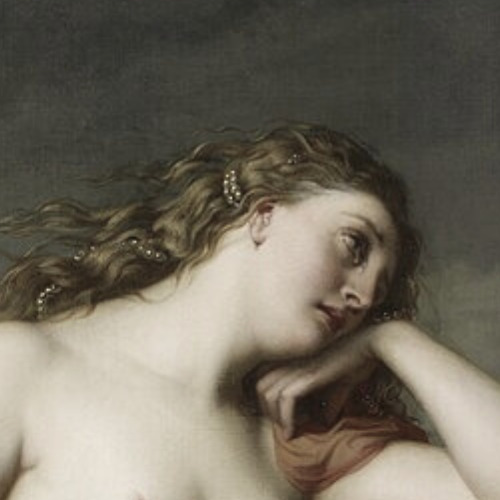
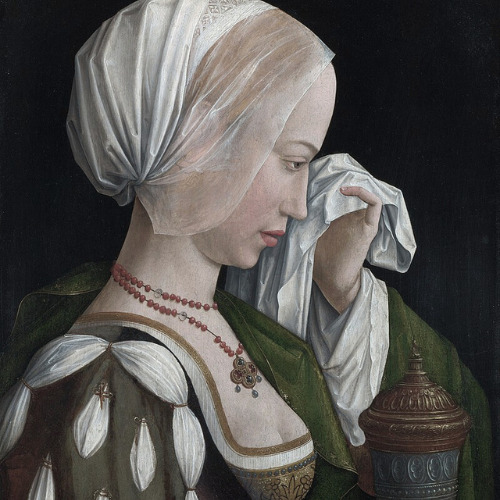
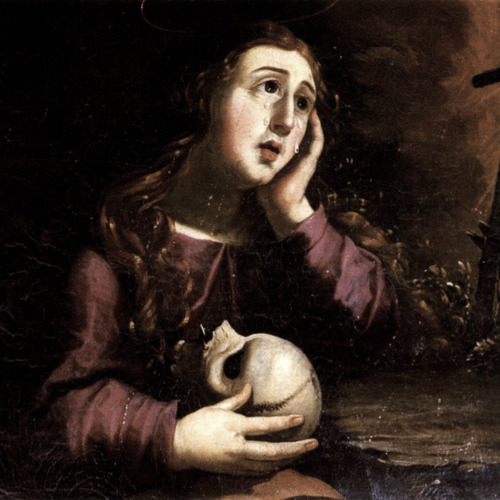
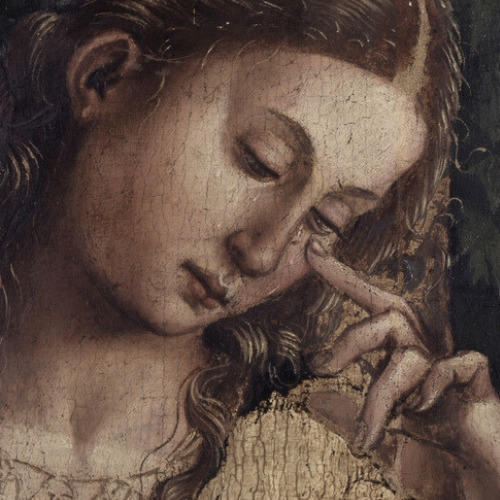
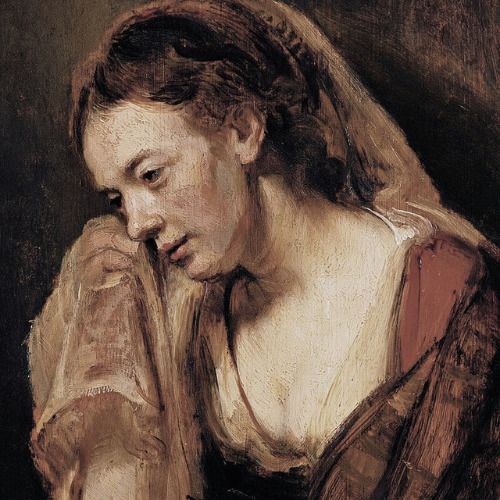

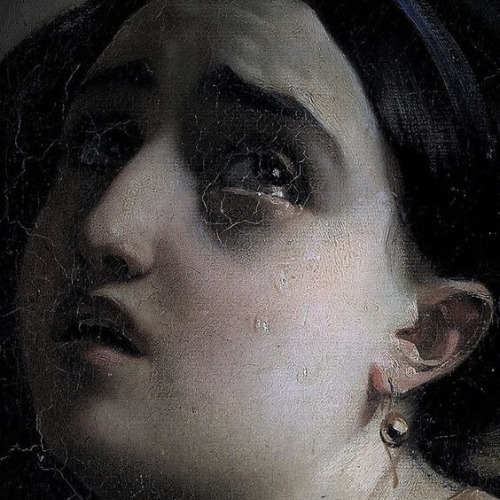
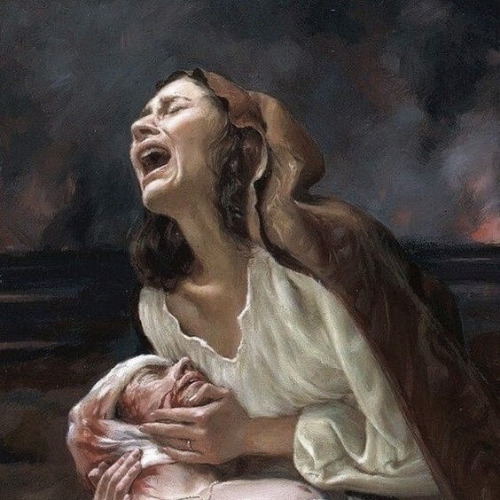

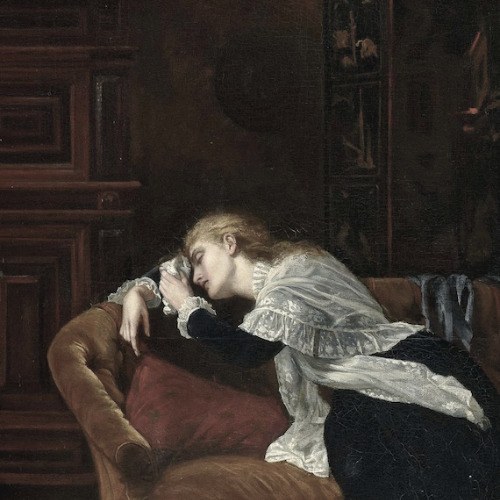

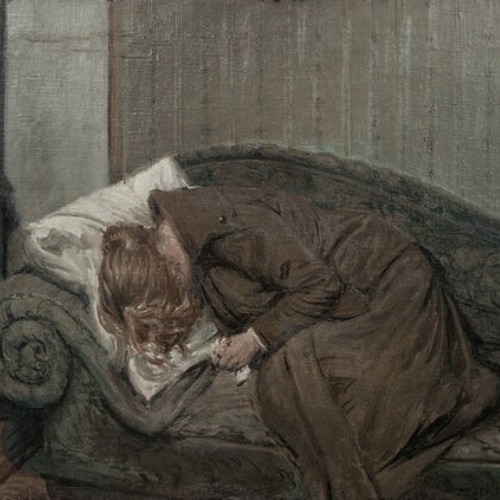
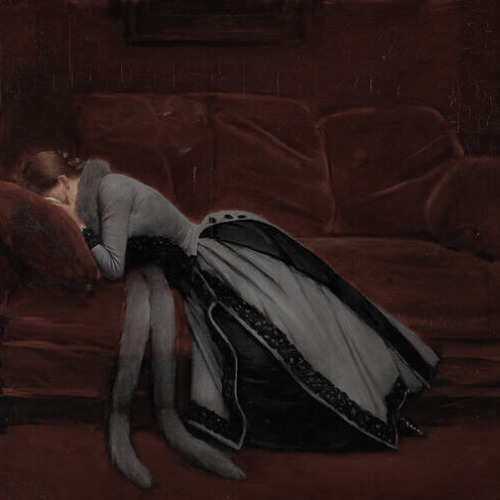
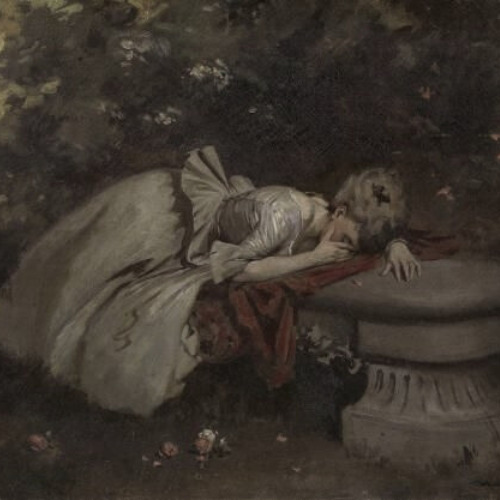

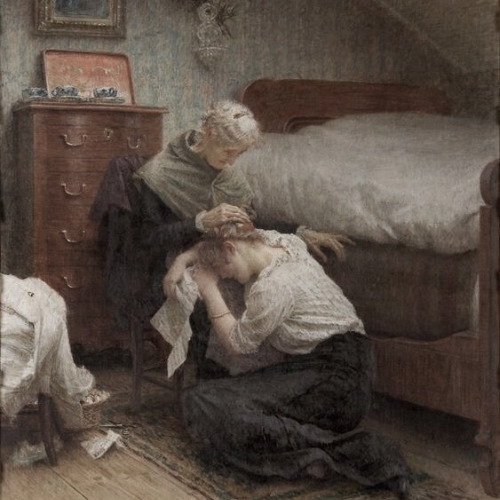

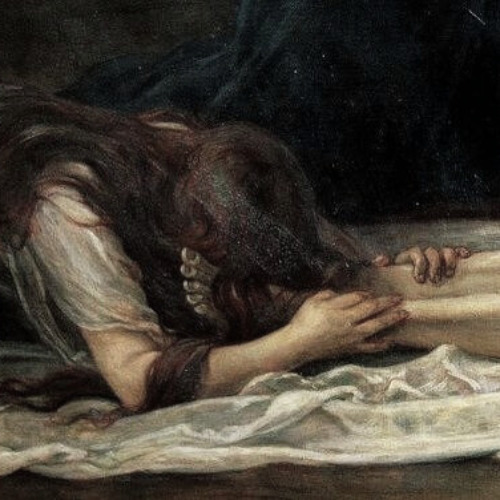

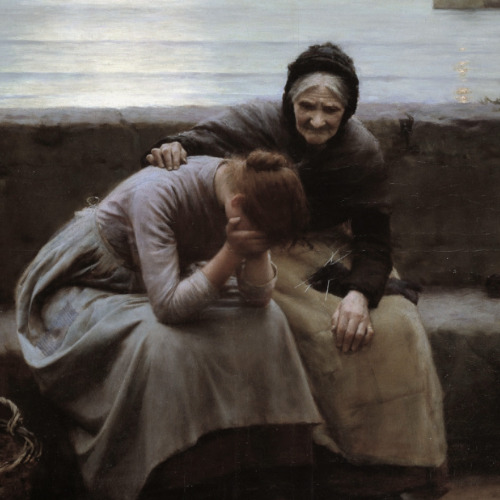
"Crying doesn't mean we're weak, it means we're human"
#artist is louisa starr canizani#artist is jacob jordaens#artist is stanislaw bohusz-siestrzecewicz#artist is chase william merritt#artist is charles cottet#artist is antonio ciseri#artist is henri gervex#artist is simon marmion#artist is henry daras#artist is joseph heintz#artist is henri lehmann#artist is unknown#artist is josefa de obdios#artist is lucas signorelli#artist is rembrandt#artist is john everett millais#artist is karl bryullov#artist is max ginsburg#artist is frederick william elwell#artist is walter william outless#artist is pietro antonio rotari#artist is peder knudsen#artist is jean beraud#artist is heinrich lossow#artist is carl rudolph sohn#artist is vlaho bukovac#artist is antonio piatti-#artist is unknown-#-artist is karl bryullov#artist is walter langley
684 notes
·
View notes
Text
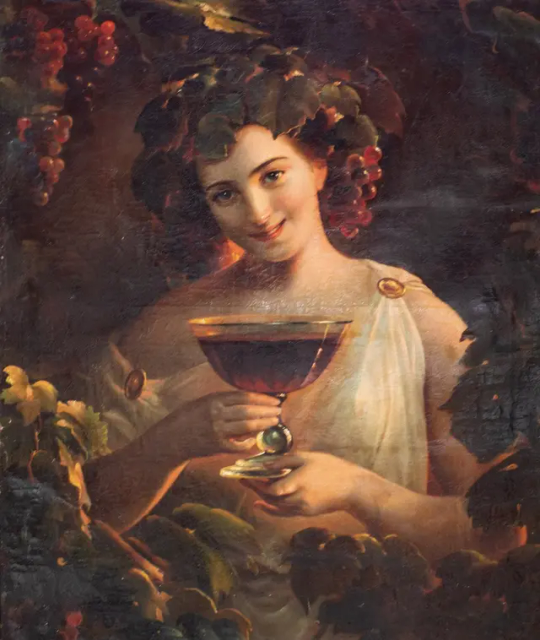
Depiction of a Bacchante with a wine glass between vines –
Karl Pavlovich Bryullov
Russian, 1799–1852
Oil on canvas , 91 x 77 cm. 35.8 x 30.3 in.
97 notes
·
View notes
Text
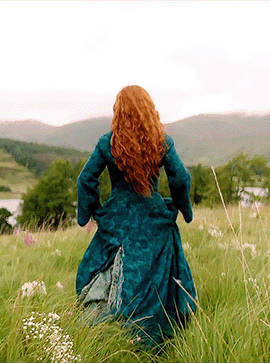

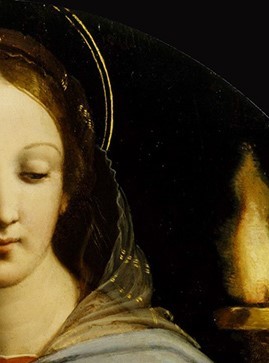
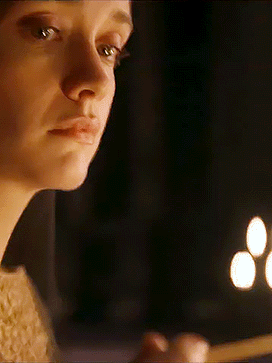

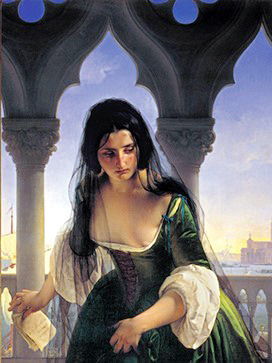

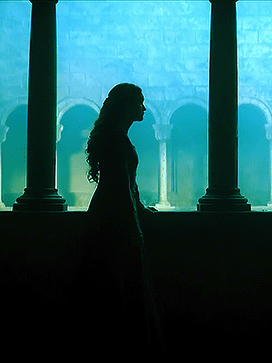

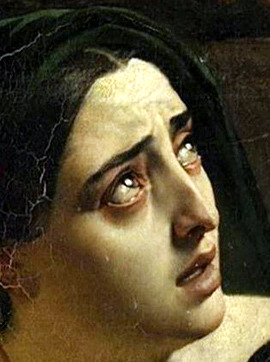
Alicent Hightower + Art
Thomas Dewing | The White Birch, 1900 Raphael | Madonna of the Candelabra, c. 1513 Francesco Hayez | Secret Accusation, c. 1847 Continental School artist | Woman in Moonlight on a Balcony, 19th century Karl Bryullov | The Last Day of Pompeii, c. 1830
#hotd#hotdedit#alicent hightower#olivia cooke#*meine#alicenthightowerdaily#welighttheway#house of the dragon#houseofthedragonedit#tvedit#artedit#filmtvtoday#cinematv#televisiongifs#gameofthronesdaily#ladiesofcinema#dailyflicks#hotd + art#art parallels
2K notes
·
View notes
Text
obscura love interests as paintings!
hello, yes, this vn has consumed my days. have a healthy dose of artistic rambles relating to the love interests from someone who knows nothing about art, and enjoy!
the pictures are unfortunately only of details, because tumblr will crash and burn if i try putting all 15 full paintings in one post, but seriously. look up the paintings. they're so beautiful y'all.

divider by @/cafekitsune

keir
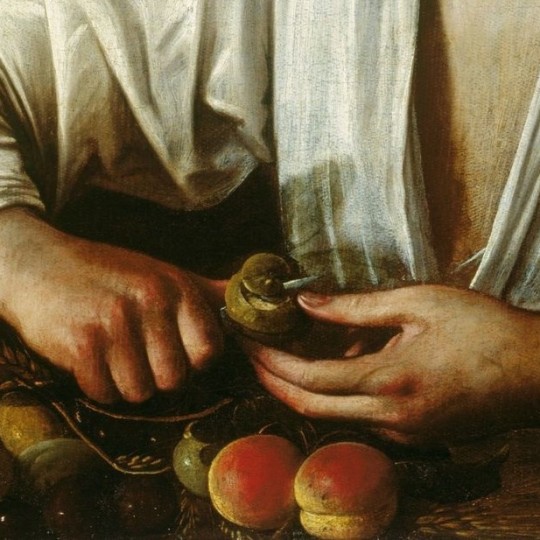

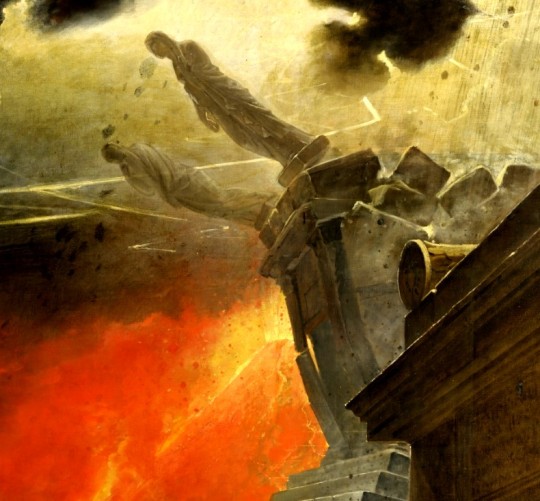
boy peeling fruit by michelangelo caravaggio! picked because it gave me chilling-after-work vibes and it's kinda domestic!
the shipwreck by claude-joseph vernet! it's the tragedy! the despair! the only thing you can do is help those who aren't dead yet!
the last day of pompeii by karl bryullov! yes. it's the same reason as above. add the impotence of being unable to stop what's causing it and muah! gold! also volcano.

cirrus
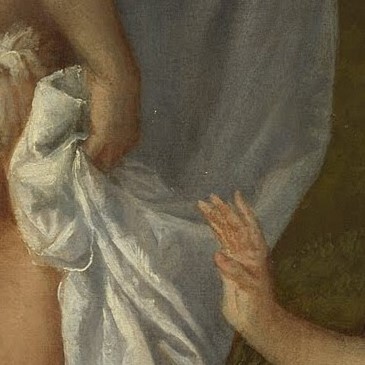


noli me tangere by titian vecellio! this painting is named after the biblical episode after jesus' resurrection, and it's symbolical of belief/love without a physical aspect to it.
death and life by gustav klimt! another one that is about a lack of physical union, but i also picked it because of the light and dark contrast between life and death.
the annunciation by henry ossawa tanner! it depicts the moment gabriel informed mary of her pregnancy, and it is very much about clarity and revelations, usually of the holy kind.

francesco
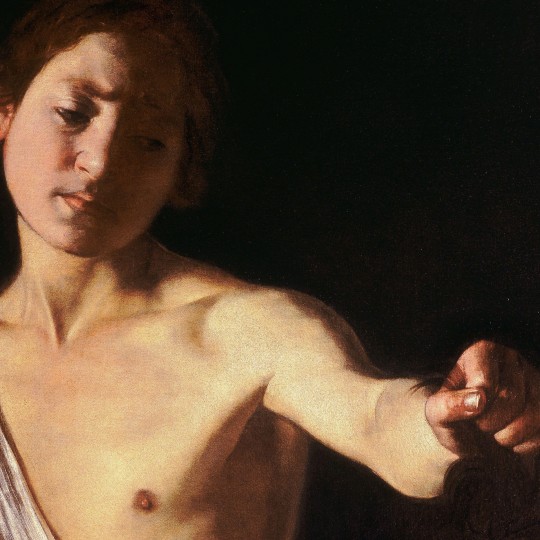
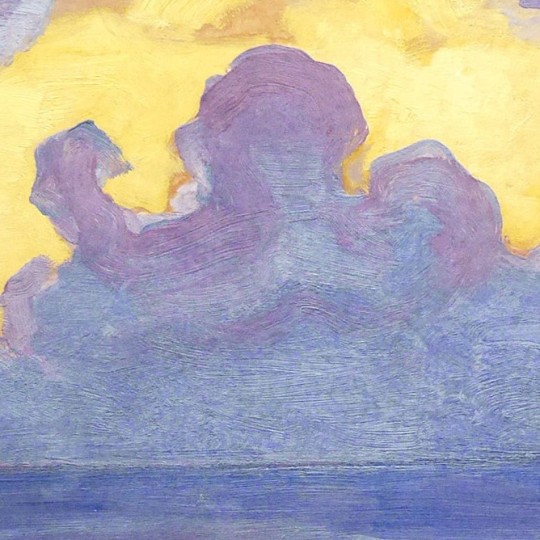

david with the head of goliath by michelangelo caravaggio! there are many theories about what this one is actually about, but one of them talks about caravaggio's youth ruining his chance at becoming old. do you see my vision.
by the sea by piet mondrian! this one is mostly about the vibes, it's very rich but also simplistic in a way?
roses, convolvulus, poppies, and other flowers in an urn on a stone ledge by rachel ruysch! a peony at the central point for love and wealth, foxglove that, despite symbolising deceit also leans into healing, the nasturium standing for victory despite struggles!

oleander
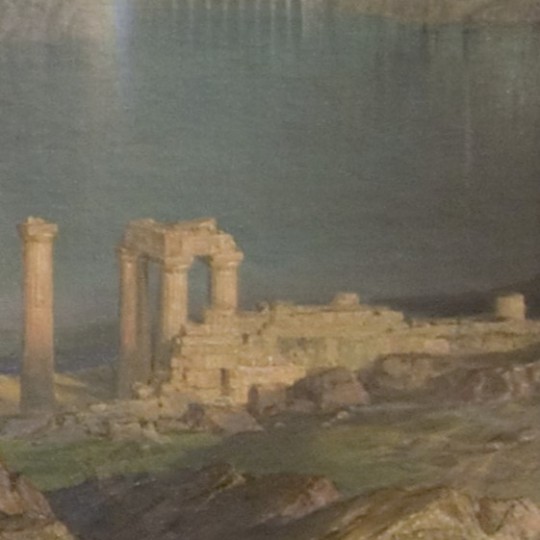
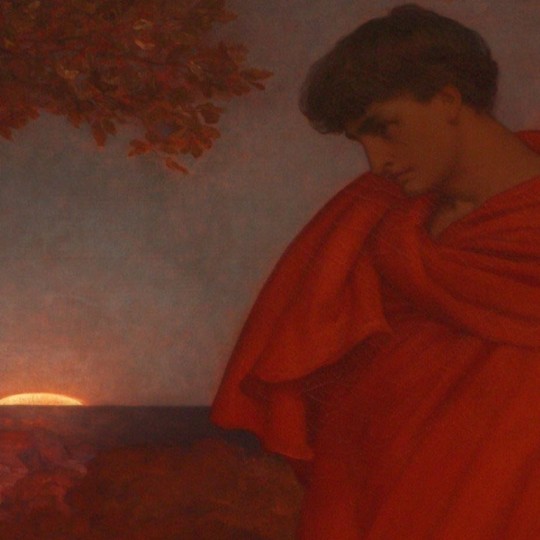
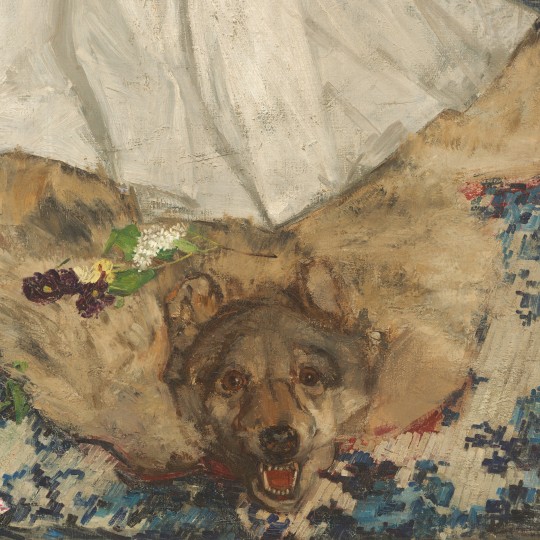
the aegean sea by frederic edwin church! a temple of bacchus and a double rainbow and the freedom of an open sea. there's something there i tell you.
cymon and iphigenia by frederic leighton! cymon gazes upon a sleeping iphigenia and is filled with inspiration of which he never knew before. it has a very warm feeling to it, and it is set at dusk in early autumn. also it's just pretty.
symphony in white, no.1 by james mcneill whistler! the original artist said that this painting had no deeper meaning, ominous much, but also it depicts a woman casually standing on a dead wolf, which is undeniably badass.

+ bonus! vesper
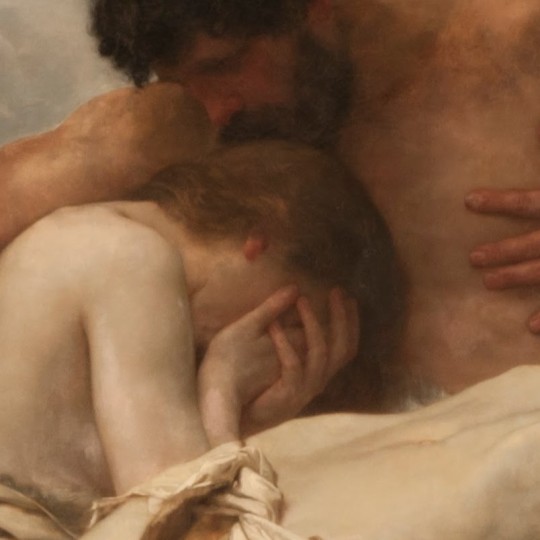
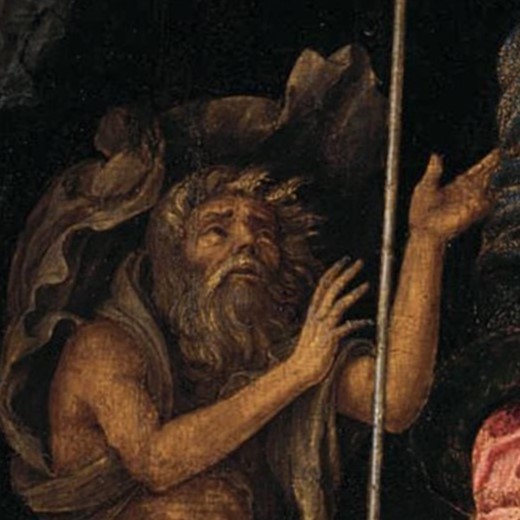
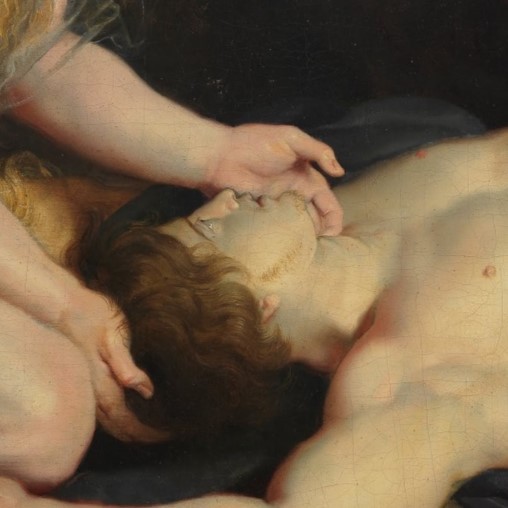
the first mourning by william-adolphe bouguereau! adam and eve mourning their son after he died! it looks beautiful and desperate and completely anguished.
descent into limbo by andrea mantegna! this one is all because of vesper going into the mountain not sorry at all. the man in the painting is begging for mercy or help or literally anything.
the death of adonis by peter paul rubens! someone died when they should have lived. someone died way before their time. vesper my beloved this will be you.
#obscura vn#obscura keir#obscura cirrus#obscura francesco#obscura oleander#obscura vesper#friendly reminder that i am artistically illiterate i just like pretty things#hope y'all enjoyed!#seven.
92 notes
·
View notes
Text

The Last Day of Pompeii (detail), c.1833 by Karl Bryullov (1799–1852). Russian artist. oil on canvas
166 notes
·
View notes
Note
As an artist, do you have a favourite painting??
Hi there, friend! Good to hear from you 💞
So, narrowing stuff like that down to one is impossible, but the first painting I thought of when reading your question was The Last Day of Pompeii by Karl Bryullov. There are other paintings I connect to more, ones made for a better reason than "justifying that trip to Italy the Academy sent the painter on".
But this one was the first I remember ever being absolutely enchanted by. Standing in front of it as a kid, it seemed to be larger than life, more real than the pale museum halls it inhabits. There was magic happening, and though I didn't understand how it worked, I knew then that it did.
(here it is. for reference, it's 4.5 by 6.5 meters, or 14.7 by 21.3 feet in size. enormous!)

Next to it there's a small, gentle thing by the same painter, named Italian Midday. Every time I visit the big apocalyptic scene, I go to see her after. It's cool and green where she's reaching toward the vine. On the same wall, fire and brimstone are unfurling endlessly, devouring a tragedy over and over until the very canvas it's on becomes dust and solar flame. For her, it's midday. She's collecting grapes.

I hope this was a good answer! Wishing you well.
12 notes
·
View notes
Text
What is art?
During the whole semester, we tried to figure out what art is. Is it only for fun, what secrets are hidden under the paintings, colours, smiles of beautiful women, and so on.

"The Three Graces" Francois Boucher (1703-1770). Rococo period
Well, thanks to our discussions, I came to some thoughts. First, art is a universal language. And that is true. Different people, generations understand it. Art can be appreciated by absolutely dissimilar people with their own backgrounds and walks of life. It is wonderful, isn't it? It is a universal language, I would say.
There is no doubt that art is a form of expression that has been present in human civilization for thousands of years. It encompasses a wide range of mediums, such as literature, music, sculpture, architecture, etc.
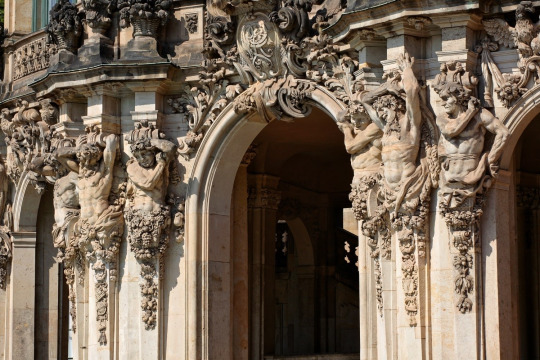
Italian Baroque
Of course, it plays a significant role in shaping forms, reflecting social values, mirroring life beauty, and proving a means for individuals to communicate their ideas, messages, thoughts, feelings, and emotions.
And, as we have learned, there are two fundamental goals for any art. They are to provoke thoughts and evoke emotions.
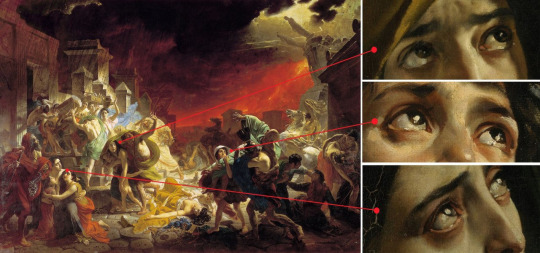
"The Last Day of Pompeii", Karl Pavlovich Bryullov
A very interesting thing for me is that absolutely all artists use their imaginations and creativity to convey their worldview, their messages, and their ideas because it may be difficult to express all of it through words alone. Sometimes we have a limited amount of words to describe something because human civilization has not created anything yet. Something beautiful, something that can stir the soul.
So, art is power. It has the ability to change conventional thinking, think outside the box, push boundaries, break stereotypes, and embrace new perspectives.
Well, art is a really powerful and multifaceted part of our lives.
#art#discussion#diary entry#personal diary#diary#online diary#journal#my diary#stranger things#thinspø#this is what makes us girls#philosophy#heart eyes howell#deep quotes#deep feelings#deep thoughts#emotional#emotions#love and deepspace#deep space nine#let go#artwork#rococo#baroque#history#lesson plan
2 notes
·
View notes
Text

Solar eclipse. Diana's farewell to Apollo.
Bryullov Karl Pavlovich (1799-1852)
Russian artist, painter and graphic artist
oil on canvas / 63×75cm, 1851.
1 note
·
View note
Text

Depicting the partially obscured visage of a young woman staring intensely out at the viewer…
Please follow link for full post
Pompeii,Zaidan,Paintings,Karl Pavlovich Bryullov,Arthistory,Biography,War,History,fineart,Artists,footnotes,
Middle East,Art,Paintings,Zaidan,Calligraphy,Biography,Fine Art,Afshin Pirhashemi,History,Artists,footnotes,MiddleEastArt,
01 Work, The art of War, Afshin Pirhashemi's Untitled, with Footnotes
0 notes
Photo

Portrait of Sofia Andreyevna Shuvalova (detail), c. 1849. Karl Pavlovich Bryullov
#Portrait of Sofia Andreyevna Shuvalova#art#Artedit#Karl Pavlovich Bryullov#Russian artist#portraiture#art history
3K notes
·
View notes
Text

Karl Bryullov (1799-1852) “A Dream of a Girl Before a Sunrise” (1830-1833) Watercolor Romanticism Located in the Pushkin Museum, Moscow, Russia
#paintings#art#artwork#genre painting#genre scene#karl bryullov#watercolor#watercolour#fine art#pushkin museum#art gallery#russian artist#dream#dreamy#dreams#dreamscape#interior#dogs#animals#bed#sleep#asleep#dreaming#sleeping#aesthetic#aesthetics#love#1830s#early 1800s#early 19th century
253 notes
·
View notes
Text




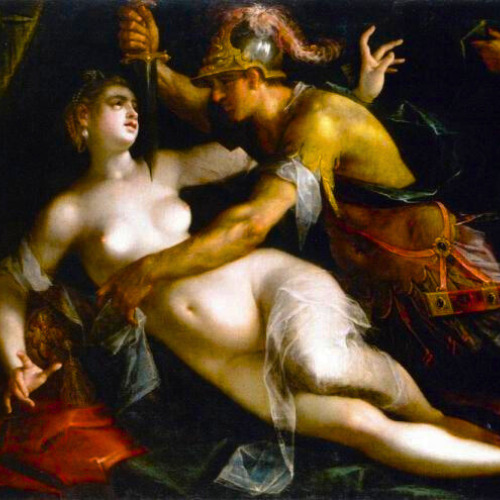






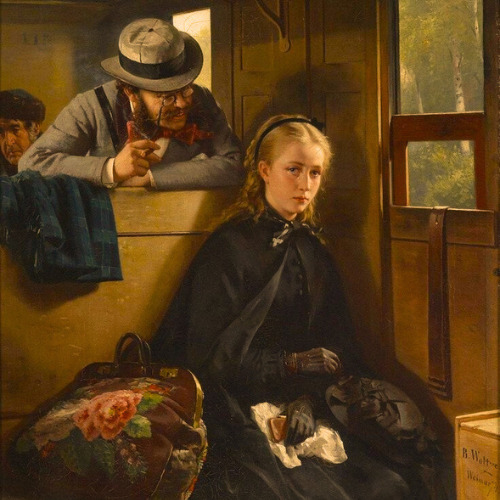


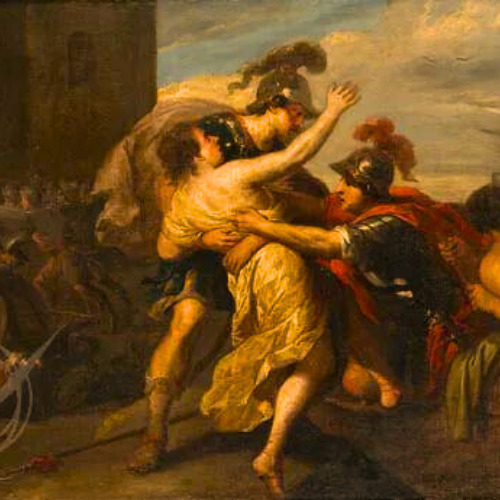


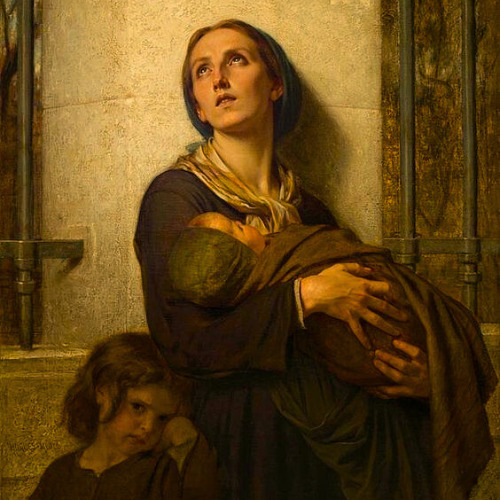
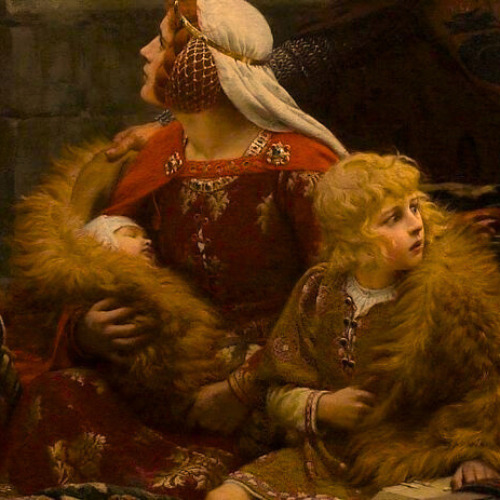


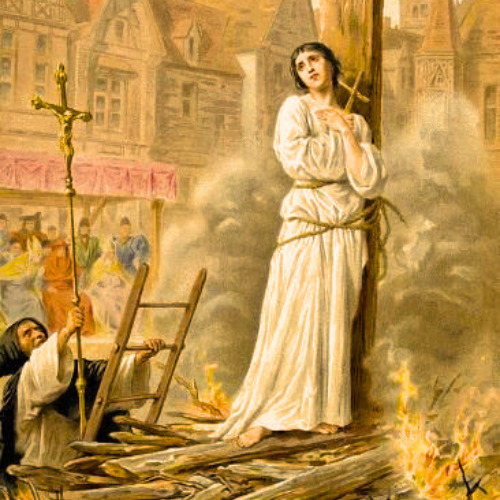
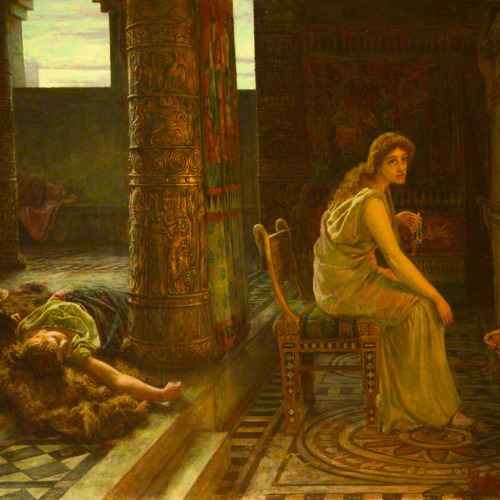
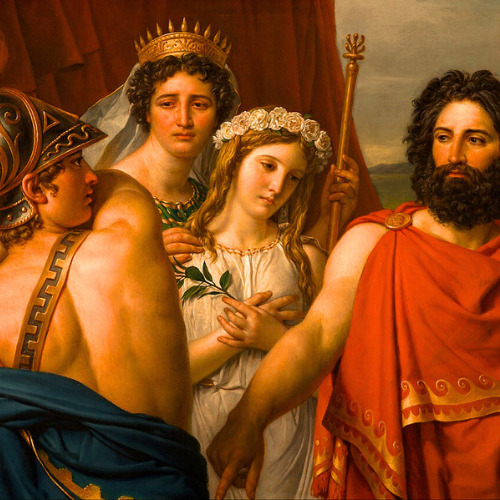


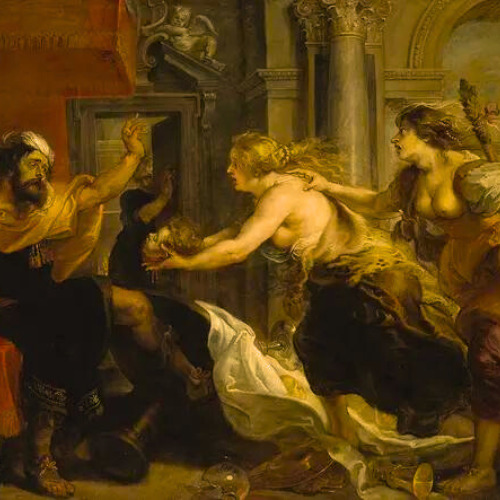
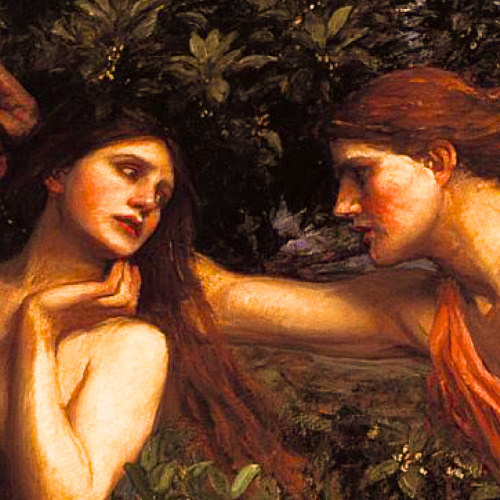
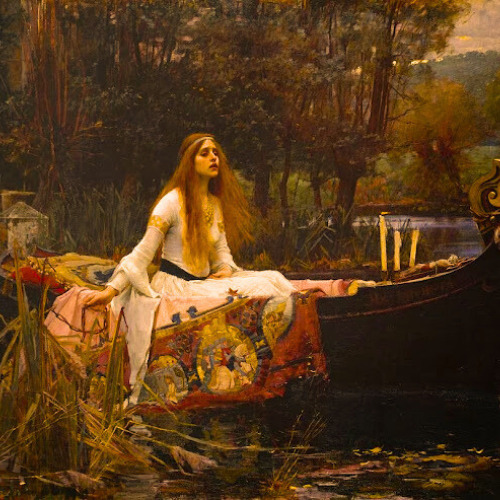
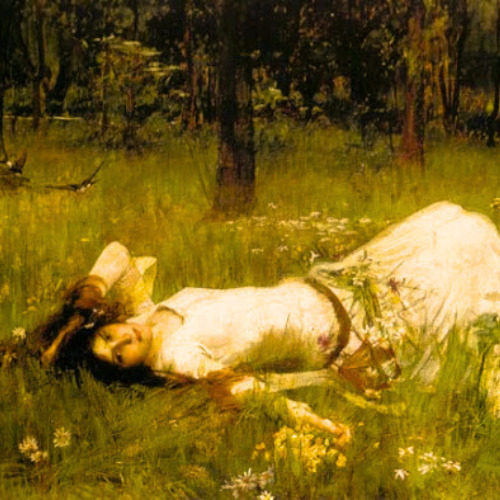
who tends the orchards? who fixes up the gables? emotional torture from the head of your high table who fetches the water from the rocky mountain spring? and walk back down again to feel your words and their sharp sting and i'm getting fucking tired the capillaries in my eyes are bursting if our love died, would that be the worst thing? for somebody I thought was my saviour you sure make me do a whole lot of labour the calloused skin on my hands is cracking if our love ended, would that be a bad thing? and the silence haunts our bed chamber you make me do too much labour
#artist is hughes merele#artist is john everett millais#artist is karl bryullov#artist is harold piffard#artist is hans von aachen#artist is paul delaroche#artist is vassili vladimirovich pukiryov#-artist is joh everett millais#artist is frank francis dicksee#artist is konstantin flavitsky#artist is berthold woltze#artist is andrea appiani#artist is hans von aachen-#artist is unknown#artist is carl hepfer#artist is gabriel cornelius ritter von max#-artist is hughes merele#artist is edmund blair leighton#--artist is hughes merle#artist is octave tassaert#-artist is unknown#artist is -unknown#artist is jacques louis david#artist is giovanni battista tiepolo#not sure#artist is pedro pablo rubens#artist is everett beek#-artist is john william waterhouse#---artist is john william waterhouse#old art
439 notes
·
View notes
Photo

MWW Artwork of the Day (11/28/22) Karl Bryullov (Russian, 1799–1852) The Last Day of Pompeii (c. 1830-33) Oil on canvas, 456.5 x 651 cm The Russian Museum, Saint Petersburg
This painting, Bryullov's best-known work, is a vast composition compared by Pushkin and Gogol to the best works of Rubens and Van Dyck. It created a sensation in Italy and established Bryullov as one of the finest European painters of his day. The painting received rapturous reviews at its exhibition in Rome and brought Briullov more acclaim than any other work during his lifetime. The first Russian artwork to cause such an interest abroad, it inspired an anthologic poem by Alexander Pushkin, and the novel "The Last Days of Pompeii" by Edward Bulwer-Lytton. It depicts a classical topic but exhibits characteristics of Romanticism as manifested in Russian art, including drama, realism tempered with idealism, interest in nature, and a fondness for historical subjects. A self portrait is in the upper left corner of the painting, under the steeple, but not easy to identify.
For more of this artist's work, see this MWW gallery/album: https://www.facebook.com/media/set/?set=a.3189977994440881&type=3
11 notes
·
View notes
Text

Karl Bryullov, A dream of a girl before a sunrise, c.1833
89 notes
·
View notes
Text



“The Last Day of Pompeii” by Karl Bryullov 1830–1833.
#karl bryullov#art#fine art#artistic#19th century art#classical art#classic art#academic art#mythology#art detail#emotions#academicism#dark academic aesthetic#dark academia#aesthetic
5 notes
·
View notes
Text
Karl Bryullov The Last Day of Pompeii, 1830-33


2 notes
·
View notes